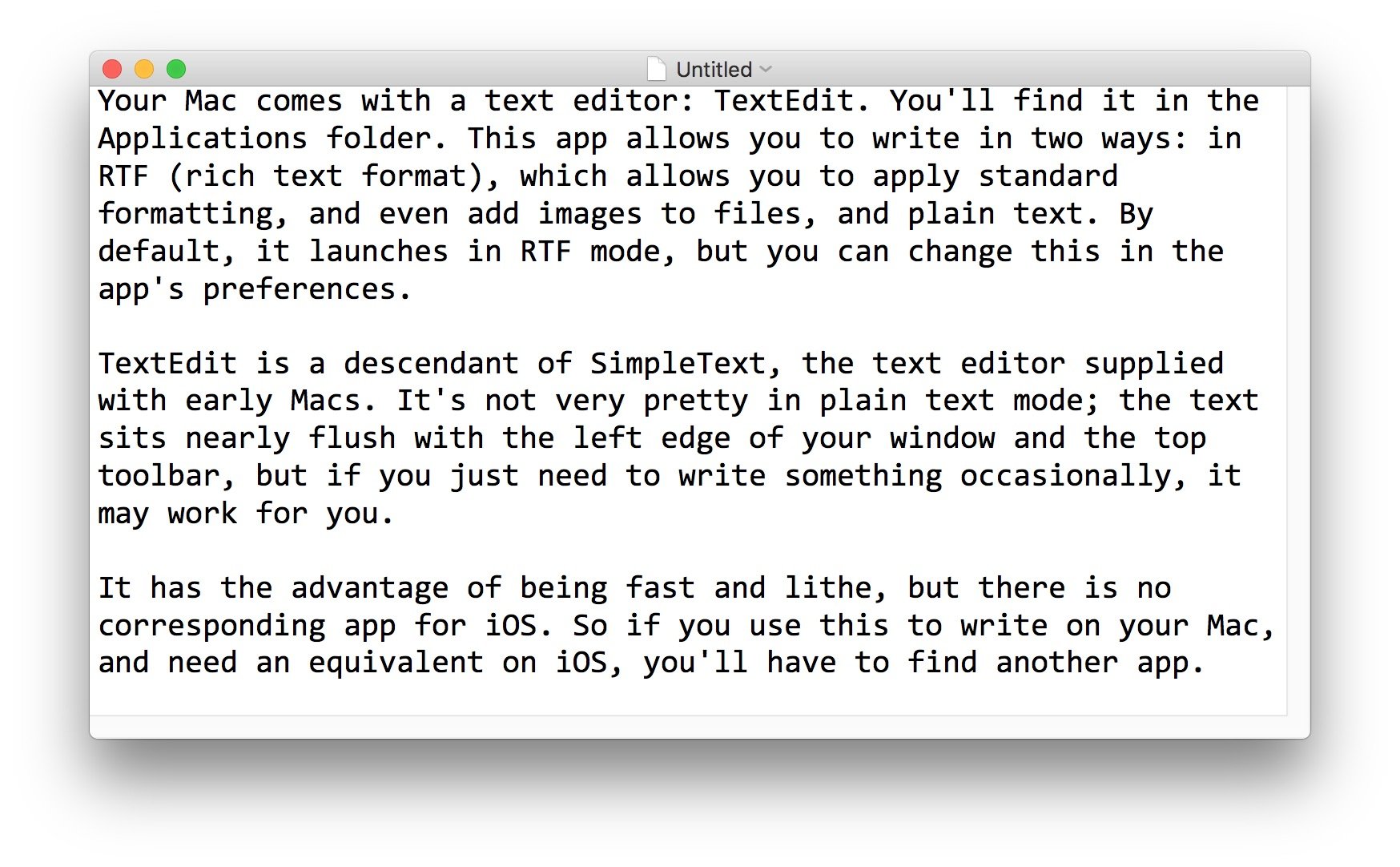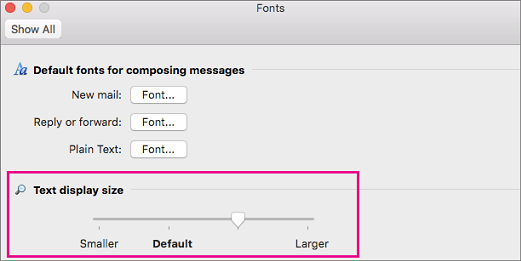

- #DEFAULT WRITING TOOL FOR MAC HOW TO#
- #DEFAULT WRITING TOOL FOR MAC UPDATE#
- #DEFAULT WRITING TOOL FOR MAC WINDOWS#
Note:You can also change other settings affecting page layout (including paper orientation and line numbering) in the same dialog box. This warning will look exactly like the one shown above.


#DEFAULT WRITING TOOL FOR MAC UPDATE#

Choose the font settings that you would like to make the default and click Set As Default.Open a new document, click on the Home tab, click on the Font dialog box button as shown in the screenshot below, and select the Font tab.Confirm the changes by selecting Yes when prompted to set as the default for all documents of this type.To modify the default margins, select the expand button underneath Layout > Page Setup and change the settings as desired.For more advanced settings, such as character spacing, select Advanced and follow the same procedure to Set As Default.Confirm the changes for all documents of this type by selecting All documents based on the Normal template and then selecting Yes.Modify the font settings as desired, then select Set As Default as shown below.Select the expand icon underneath Home > Font as shown below.In most cases, this will be Blank document. Open a new document of the template you would like to update the default settings for.
#DEFAULT WRITING TOOL FOR MAC HOW TO#
Don't remember what tags you used before? DFX shows you all of your recently used tags - just drag and drop.This document details how to change the default font, font size, and page margins in Word. Tag your files or edit your Spotlight comments from within any Open or Save dialog. DFX's shortcuts are completely configurable.
#DEFAULT WRITING TOOL FOR MAC WINDOWS#
Or jump to recent folders and open Finder windows with a keystroke. Get places fast by using keyboard shortcuts for your favorite folders. With DFX, you'll never forget where you put something. It even re-selects the last file you opened. To help you quickly return to folders and files you've used recently, DFX remembers them for you. It also lets you get info on, duplicate, rename, and delete existing files, putting the Finder's power in every Open and Save dialog. Or you can set it as the default folder for an application so you're in the right folder from the start.ĭFX lets you open up or save to any Finder window with a single click. If you're constantly saving things inside the same folder, DFX can remember that folder for you. Hierarchical pop-up menus let you quickly navigate through folders to get to your files. Access your recent, favorite, and open folders from DFX's toolbar.


 0 kommentar(er)
0 kommentar(er)
